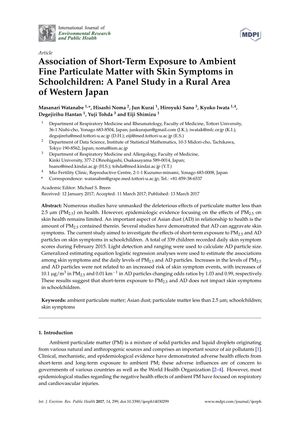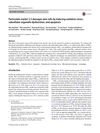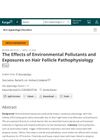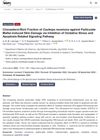Association of Short-Term Exposure to Ambient Fine Particulate Matter with Skin Symptoms in Schoolchildren: A Panel Study in a Rural Area of Western Japan
March 2017
in “
International Journal of Environmental Research and Public Health
”

TLDR Breathing in fine particles or Asian dust short-term doesn't affect schoolchildren's skin symptoms.
The study, conducted in February 2015, examined the impact of short-term exposure to ambient fine particulate matter (PM2.5) and Asian dust (AD) on the skin symptoms of 339 schoolchildren in a rural area of Western Japan. The children's daily skin symptom scores were recorded, and the levels of PM2.5 and AD particles were measured. The findings indicated that there was no significant association between increased levels of PM2.5 or AD particles and the risk of skin symptoms. Specifically, a 10.1 µg/m³ increase in PM2.5 and a 0.01 km¯¹ increase in AD particles resulted in odds ratios of 1.03 and 0.99, respectively. Despite previous research suggesting a link between PM2.5 and skin diseases, this study concluded that short-term exposure to PM2.5 and AD does not affect skin symptoms in these schoolchildren. However, the study acknowledged limitations such as its short duration and the absence of validated skin symptom scores in Japan.




